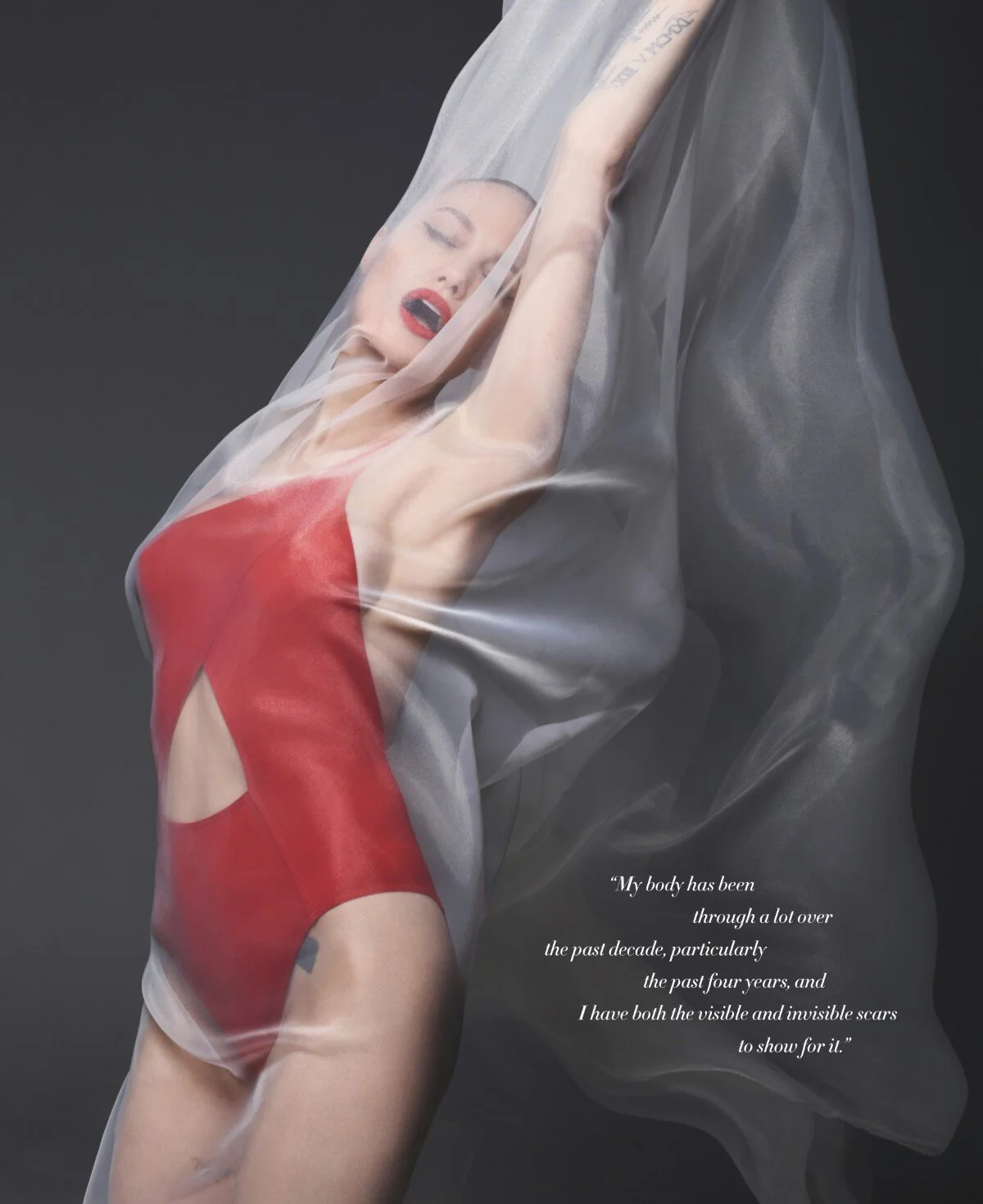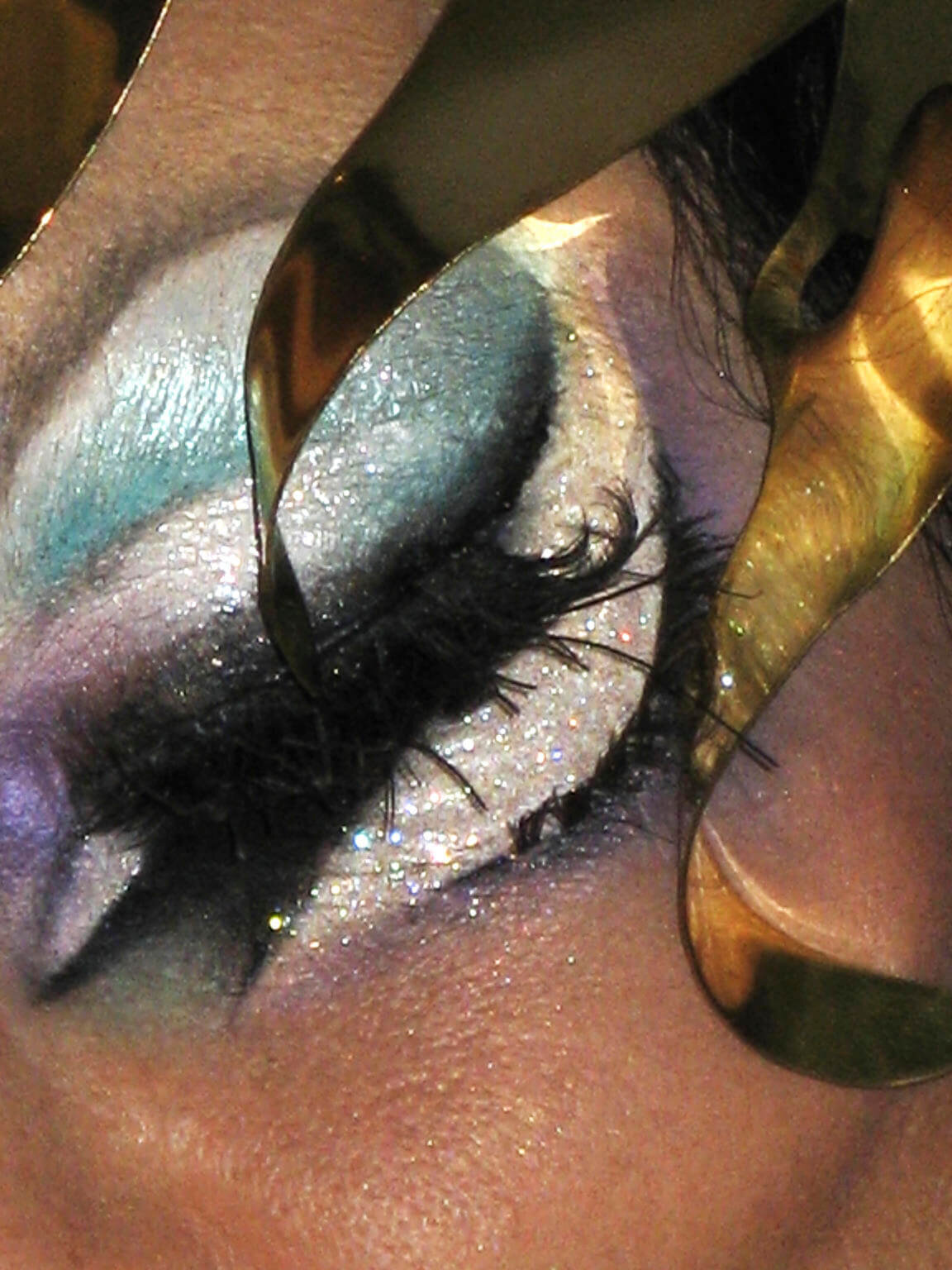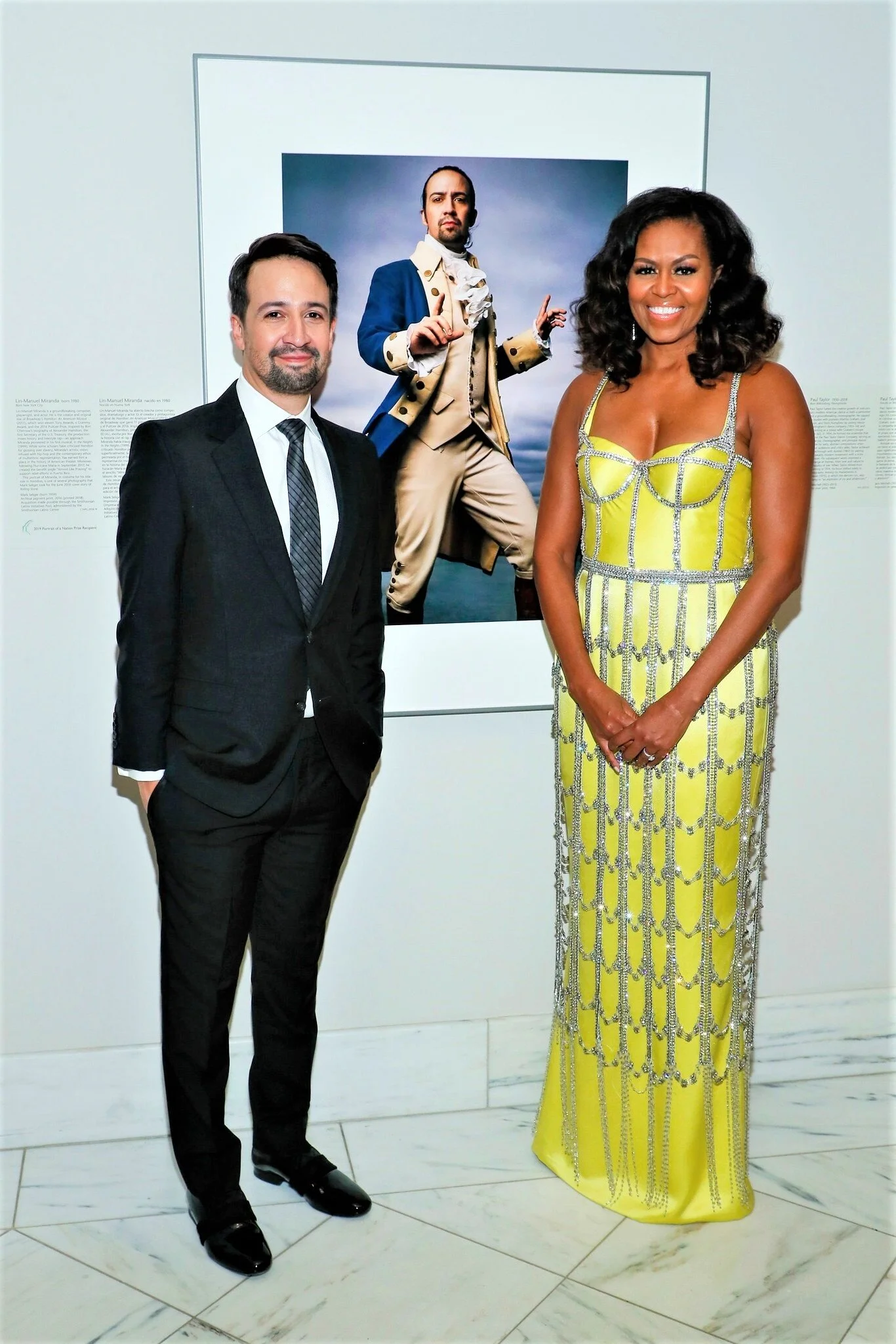Zestra | Media Censors Again Double Standard Female Sexuality
/ I can be such a dunce. Why would I assume there’s any kind of media network parity when the suject is advertising a female sexual enhancement product vs Viagra, Cialis and other drugs that assist erectile dysfunction and male impotence?
I can be such a dunce. Why would I assume there’s any kind of media network parity when the suject is advertising a female sexual enhancement product vs Viagra, Cialis and other drugs that assist erectile dysfunction and male impotence?
There are moments when I crawl out of my blind alley of ignorance and into enlightenment, reading the NYTimes article For Female-Aphrodisiac Makers, Effort at Parity.
Writing numerous articles about the double standard the governs promoting female sexuality vs male sexuality in the media, why would I assume that Zestra can advertise its medically-proven product for women?
I would call the Zetra media problem an example of a ‘double standard’, if I wasn’t familiar with the Zestra clinical trials, which have been published in the Journal of Sex & Marital Therapy. Having worked on a competitive product to Zestra several years ago, I am well aware that the product works.
Four-Hour Erections Are Fine for Children
The general public, including children, are regularly bombarded with prime-time TV phrases like — in the case of Cialis — see a doctor for an erection lasting more than four hours. But Zestra, a product focused on female sexuality and female pleasure, is not suitable for TV, radio and most Internet advertising.
From May to December 2009, Ms. Braun Scherl, the president of Semprae Laboratories, which manufactures Zestra, and Mary W. Jaensch, Semprae’s chief executive, shopped a Zestra ad around to about 100 TV stations. With the exception of Soapnet Women’s Entertainment and Discovery Health, many either refused or placed certain parameters on the ads, writes the NYT.





















































